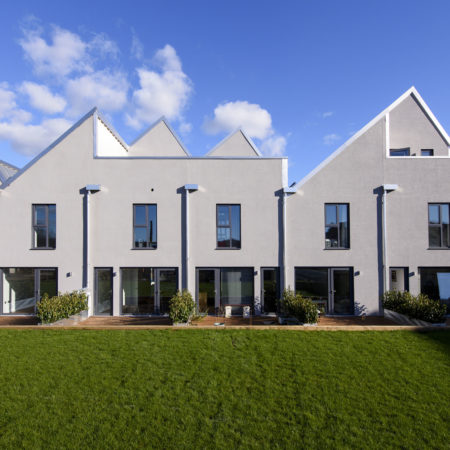Controlling The Cost Of New Social Housing
When it comes to social housing supply, the key statistic is net additions. This is the number of completions minus the homes lost through right to buy, conversion or demolition. This is important. If you take 2018/19 as an example, 6,287 new social homes were completed, which is a long way short of the number needed. In the same period sales, demolition and conversions into other types of homes totalled 23,740. This amounted to a net loss of 17,453 (source: Shelter).
The point of this is to underline the fact that social home building needs to be expanded rapidly to meet demand and compensate for the homes that are lost each year. Also, with net carbon zero on the horizon, new homes have to be thermally efficient and easy to heat using renewables.
Rapid expansion of capacity coupled with tougher sustainability goals could be a recipe for construction costs that quickly get out of control – a situation that no local authority nor housing association could sustain.
Capacity, Sustainability and Controlled Costs
This might seem like a high-risk scenario. Fortunately, there are proven ways to keep costs (and everything else) under control. Managing financial risks is an absolute necessity if we are to make progress in meeting the demand for new social housing.
The keys to risk reduction are repeatable processes and product standardisation. This is the approach adopted by the manufacturing sector to increase output while reducing unit costs. It’s also applicable to housing based on Modern Methods of Construction (MMC).
To exploit this principle to its fullest extent, Osborne developed the Systemised Housing product, which offers a range of property sizes and types designed around common elements and components. This delivers maximum control over costs, quality and energy performance.
Systemised Housing is one element in Osborne’s solutions for social, affordable and mixed tenure housing. Click the button below to view our projects.

